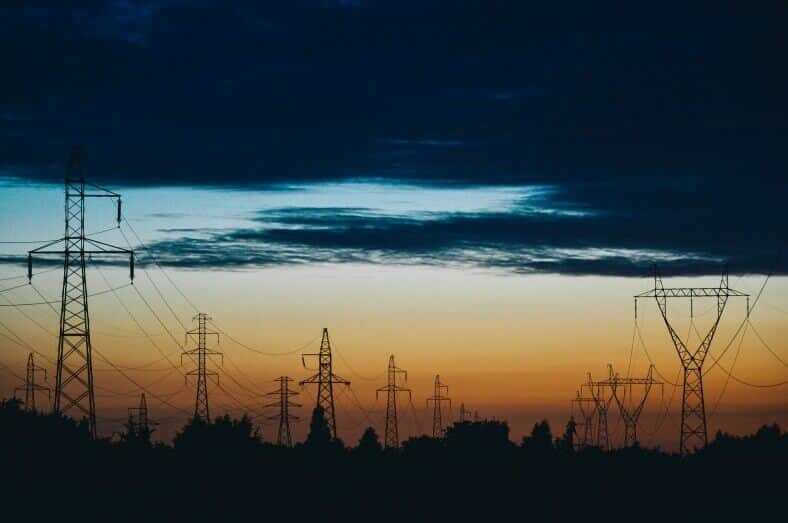November is National Critical Infrastructure Security and Resilience Month, a time during which we “rededicate ourselves to safeguarding our infrastructure,” as President Obama said.
At the Energy Department, the Office of Electricity Delivery and Energy Reliability (OE) works diligently with private and public partners to help ensure the nation’s power grid is reliable, resilient and secure 365 days a year in the face of natural and manmade hazards. The nation’s power grid is the backbone of American society, allowing other necessary infrastructures to deliver essential services to consumers every day.
As part of a comprehensive strategy to continuously improve and transform the nation’s power delivery system, OE focuses on four main areas:
Identifying and addressing technology, business and policy gaps: Grid resilience requires a partnership across all levels of government and the private sector. In this vein, OE helped develop the Electricity Subsector Cybersecurity Capability Maturity Model, which helps organizations evaluate, prioritize and improve their cybersecurity capabilities using a common set of industry practices. More than 400 organizations have requested and received this tool. Another tool, the Cybersecurity Risk Information Sharing Program (CRISP), provides a near-real-time capability for industry to voluntarily share and analyze cyber threat data, then receive the tools they need to reduce or eliminate vulnerability to that specific threat.
Advancing technologies that will help the energy sector improve resilience and reliability: Investments in cutting-edge technologies are vital to maintaining a constant pipeline of innovative solutions and are further testament to the Department’s commitment to secure the nation’s critical energy infrastructure. OE provides funding for advanced research and development in cybersecurity technologies to improve energy reliability and resilience. Since 2010, OE has invested more than $150 million in cybersecurity research, development and commercialization projects, some of which are already being used to reduce the risk of cyber incidents.
Additionally, OE provides for advanced research and development in microgrids — localized grids that can disconnect from the broader electric grid to operate independently and can help reduce the number of widespread outages. OE is also working to accelerate development and deployment of grid-scale energy storage — another important component of a modern grid. Grid-scale storage allows utilities to provide electricity when needed without having to generate it at that moment and to address challenges to transformers and other critical components responsible for carrying electricity from where it is generated to where it is needed.
Working closely with federal, state and local governments and with industry to improve emergency preparedness and response capabilities: In the event of an emergency, the Energy Department provides situational awareness, coordinates the response among federal, state and local agencies and helps facilitate the restoration of energy systems. To prepare for disaster response operations, the Department regularly coordinates, plans and shares information with its partners in government and industry to conduct training and disaster exercise programs.
Providing data, information and decision-support tools for reliability and resiliency planning: OE has made strong progress in developing modeling tools and analytical capabilities to enhance the reliability and resiliency of the energy infrastructure. A 2014 reporthighlights an assessment of the impacts of sea level rise on energy infrastructure. Initially, the focus was on four major metropolitan statistical areas: New York City, Houston, Miami and Los Angeles. Since then, Boston, Philadelphia and Norfolk have also been analyzed. To see interactive maps and content showing the results of this work, click HERE. OE is also leading a State Energy Risk Assessment Initiative to help states better understand risks to their energy infrastructure.
To help jumpstart the large task of modernizing the nation’s electricity delivery system, OE recently completed the successful management of more than 330 Recovery Act projects. Through the American Recovery and Reinvestment Act, the Department invested $4.5 billion in the electric sector, matched by private funding to reach a total of about $9.5 billion. The Recovery Act funding was also used to help prepare the next generation of workers in the utility and electrical manufacturing industries, strengthen long-term analysis and planning, and develop energy assurance plans at the state and local levels.
Learn more about our ongoing efforts to help ensure a resilient, reliable and flexible electricity system on the OE blog and explore other sections of the Office of Electricity page on Energy.gov.


